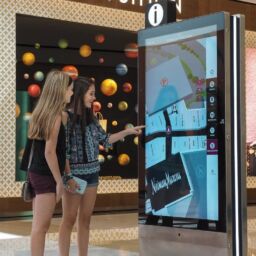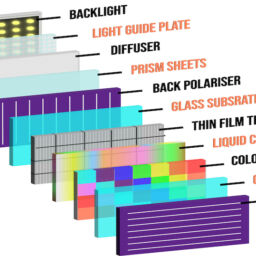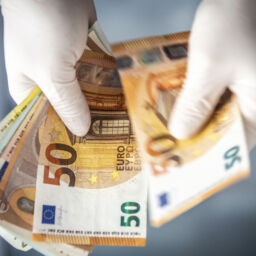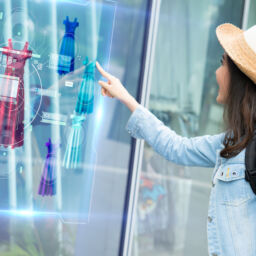
By Denis Kondopoulos
Head of Digital, Naxtech
https://www.deniskondopoulos.com/
www.DenisKondopoulos.com/KDS/kiosks/
Self-ordering kiosks have been popular in recent years, particularly with large market players like McDonald’s, and during busy periods they appear to have increased capacity and efficiency for customer orders. However, they are not a cheap investment to make, and when something goes wrong with them the entire unit typically goes out of order, with components not being quick or easy to replace.
So how could a smaller business get the benefits of a self-service ordering kiosk on a budget? We look at one way of putting together a low cost and modular kiosk using re-usable and easily replaceable components. But before we get to the actual solution, it is important to consider what a kiosk really is, at least from a technical perspective.
To start with it is not much more than a computer or a big tablet, just like what you have at home. The main difference is the shape of it. Similarly, you may have bought and connected a printer to your touchscreen laptop. Depending on how it is architected, the printer may well be connected in the same way the kiosk can be connected to a receipt printer and/or card terminal.
With that in mind, we could simply put together a combination of a tablet and stand/holder to form a basic kiosk, with orders printing directly in the kitchen on an intelligent POS printer, or a Windows tablet + thermal POS printer, or an existing Windows-based POS system but without interfering with the actual POS. This way we could quite easily have a basic kiosk for under £150-200, at least on the hardware side of things. What’s more, all the components are easily replaceable by simply visiting your local Tesco, Argos or Currys store for example. Therefore should things go wrong, you could be back up and running within the hour.
Should we want to make our kiosk solution more advanced, we can add a thermal POS printer to it along with a card terminal. However because we are using generic tablets, we will need to use terminals that have an API (application programming interface) so that the tablet/software can communicate with the card terminal and tell it how much to charge, in addition to detecting the result of the transaction (ie. success or failure).
With the addition of these components, the cost certainly increases but can still remain in the £500 ballpark for a single kiosk/unit – still significantly less than UK market rates. What’s more, all the components can be found off the shelf and be replaced without too much fuss. This way kiosks, even in their most basic form, can now benefit businesses of any size.














